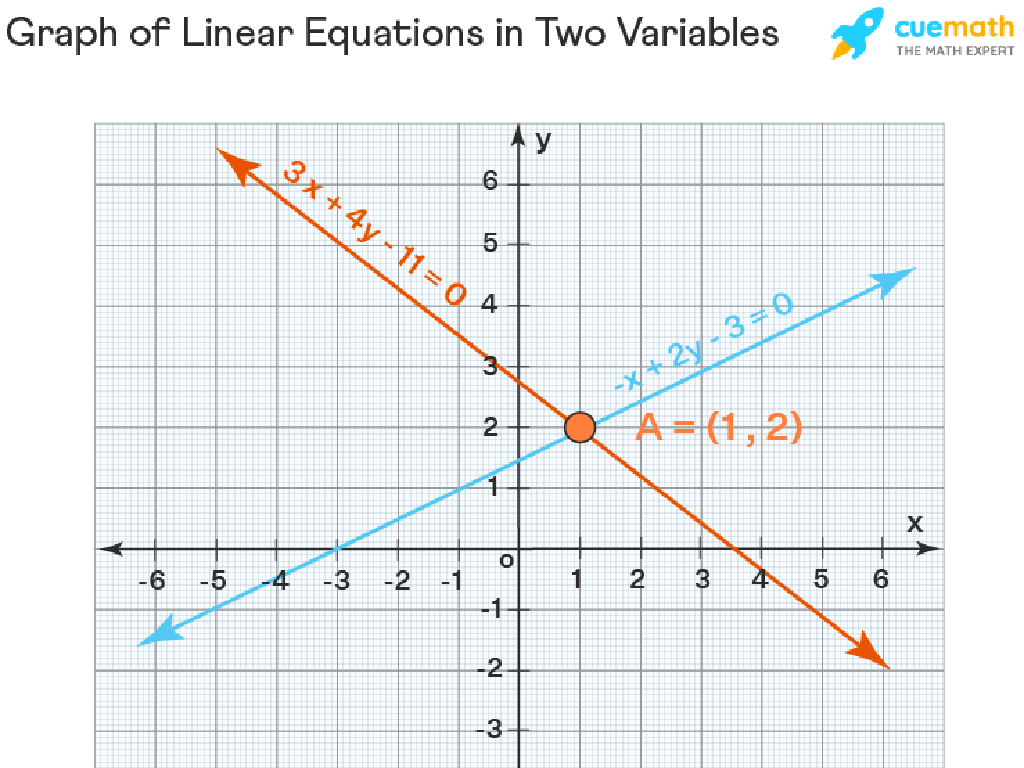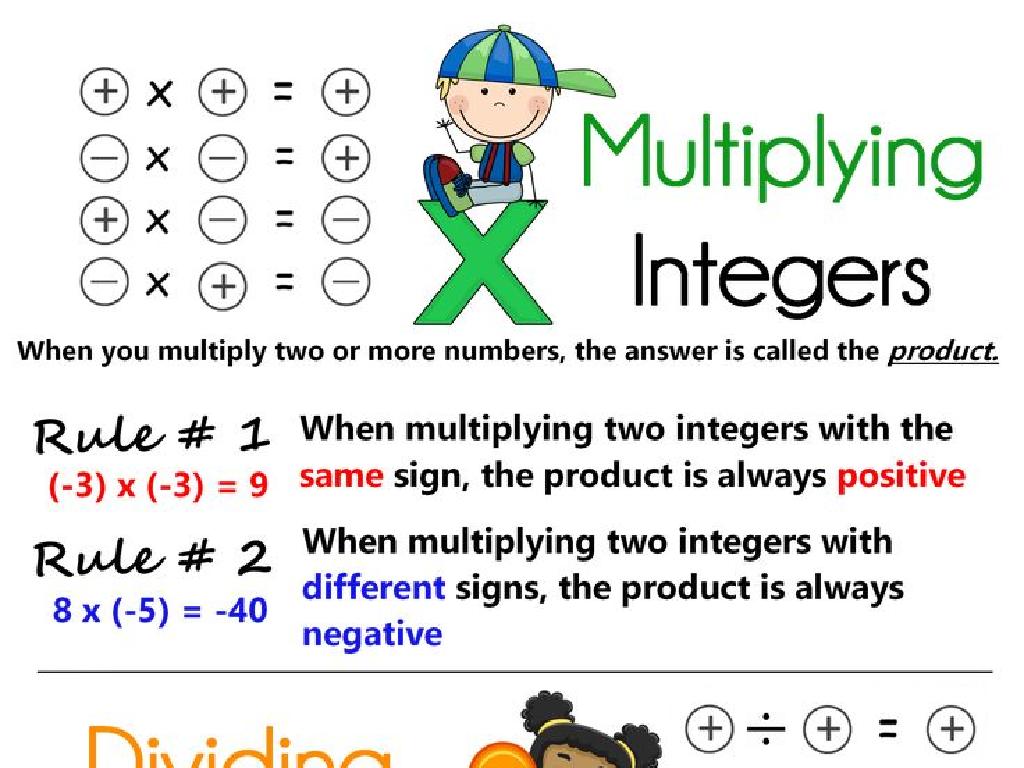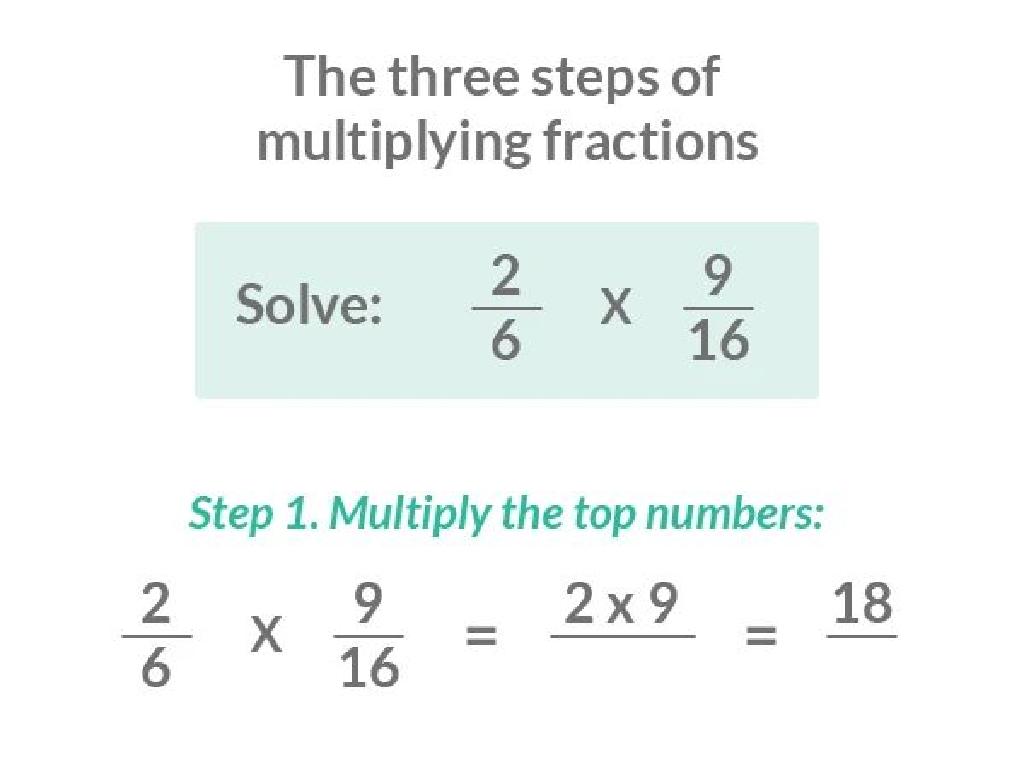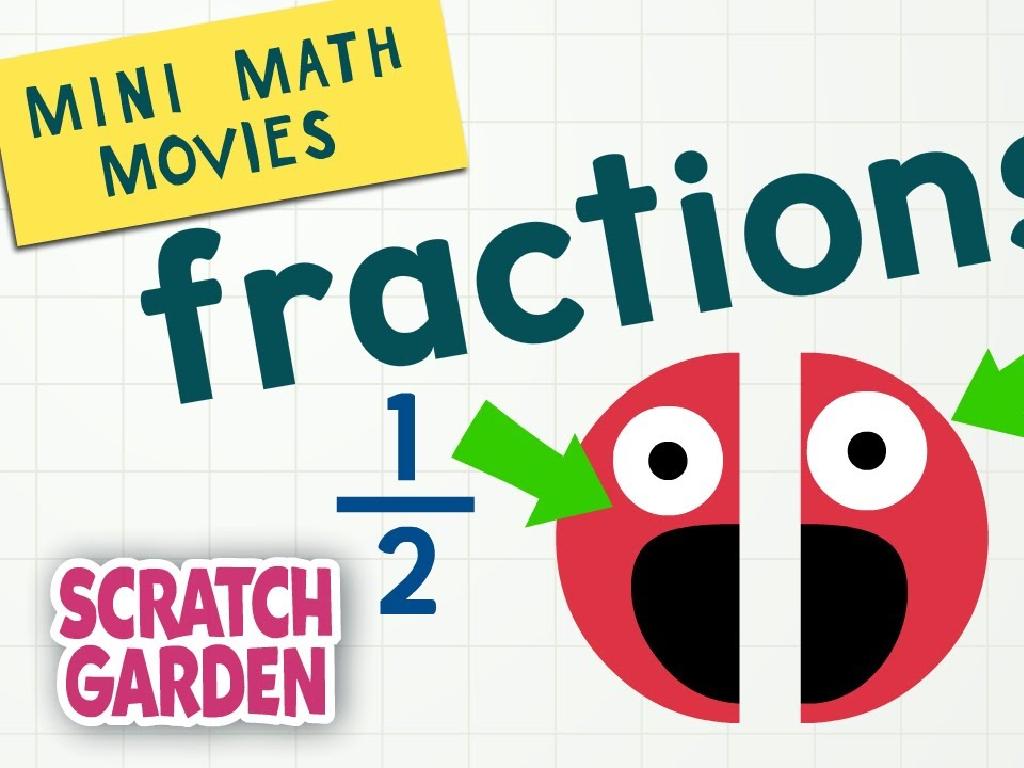Compare Fossils To Modern Organisms
Subject: Science
Grade: Fifth grade
Topic: Fossils
Please LOG IN to download the presentation. Access is available to registered users only.
View More Content
Welcome to the Past!: Fossils vs. Modern Organisms
– What are fossils?
– Fossils are remains of ancient life, like bones or shells.
– Fossils: Clues to the past
– They tell us how creatures from long ago looked and lived.
– Comparing fossils to today’s creatures
– We can see how animals have changed by comparing old fossils to living species.
– Being a detective with fossils
– Studying fossils involves investigating and piecing together Earth’s history.
|
This slide introduces students to the concept of fossils and their importance in understanding the evolution of life on Earth. Fossils are the preserved remains or traces of ancient organisms that lived millions of years ago. By comparing these ancient remains to modern organisms, students can observe the changes that have occurred over time. Encourage students to think like detectives, piecing together clues from fossils to form a picture of the past. Discuss how fossils can show us the progression from simple to complex life forms and how environments have changed. This will set the stage for further exploration into paleontology and evolutionary biology.
What Are Fossils?
– Fossils: remains or traces of ancient life
– Like a natural time capsule showing what lived millions of years ago
– Found in rocks: bones, shells, imprints
– Think of a dinosaur bone or a leaf imprint in a stone
– Fossils as history clues
– They tell us how creatures looked and lived in the past
– Comparing fossils to today’s organisms
– We can see how animals and plants have changed over time
|
This slide introduces the concept of fossils to the students, explaining that they are the preserved remains or traces of organisms that lived in the past. Emphasize that fossils can be actual parts like bones or shells, or just imprints left in rock. They serve as important clues for scientists to understand what life was like on Earth millions of years ago. Encourage students to think about how fossils provide a direct link to the past and how they can be compared to living organisms today to see the changes that have occurred over time. This sets the stage for understanding evolution and the history of life on Earth.
Types of Fossils: Clues to the Past
– Body Fossils: Preserved remains
– Like bones, teeth, or shells of ancient creatures
– Trace Fossils: Evidence of activity
– Includes footprints, nests, or droppings
– Each type reveals unique info
– Body fossils show physical features, trace fossils show behavior
– Comparing fossils to modern life
– Helps us understand changes over time
|
This slide introduces students to the two main types of fossils and their significance. Body fossils are actual parts of organisms, such as bones or shells, that have been preserved over time. They provide us with direct information about the organism’s structure. Trace fossils, on the other hand, are signs of an organism’s activity, like footprints or burrows. They can tell us how the organism lived, moved, and interacted with its environment. By comparing these fossils to modern organisms, students can learn about the evolution of life and how species have changed or remained the same over millions of years. Encourage students to think of examples of how modern animals might leave behind similar evidence of their existence.
How Fossils Form
– Fossils: preserved remains of past life
– Formation: organisms buried by sediment
– When plants/animals die, they get covered by sand, mud, or other sediments
– Sediment to rock: a slow transformation
– Over time, layers build up and turn to rock, capturing the shape of the organisms
– Timeframe: thousands to millions of years
– The fossilization process is lengthy, showcasing Earth’s ancient history
|
This slide introduces the concept of fossil formation to fifth-grade students. Begin by explaining what fossils are: the preserved remains or traces of animals, plants, and other organisms from the remote past. Emphasize that not all dead organisms become fossils; specific conditions must be met, such as rapid burial and the right sediment. Discuss how sediment protects the remains from decay and over time, with pressure, turns into rock, preserving the organism’s shape. Highlight the vast time scales involved in this process, which can span from thousands to millions of years, giving us a window into Earth’s distant past. Use diagrams or images of fossils in sedimentary rock layers to visually support the explanation.
Fossils and Modern Organisms
– Fossils show ancient organism features
– Fossils are like Earth’s memory, showing us the appearance of creatures from long ago.
– Comparing fossils with today’s life
– By looking at fossils and living creatures, we can see how they are alike or not.
– Spot similarities and differences
– For example, dinosaur bones compared to bird skeletons show both differences and surprising similarities.
– Learn Earth’s biological changes
– This helps us understand the story of evolution and how species have adapted over millions of years.
|
This slide aims to introduce students to the concept of using fossils as a window into the past, allowing us to glimpse what ancient organisms might have looked like. By comparing these fossils to organisms that are alive today, students can identify both similarities and differences, which can be quite enlightening. For instance, the comparison might reveal shared characteristics that suggest a common ancestry. This comparative process is crucial for understanding the evolutionary history of life on Earth and how species have transformed over time. Encourage students to think about what changes might occur in the future and how today’s organisms might one day be studied by scientists.
Comparing Skeletons: Fossils vs. Modern Animals
– Examine fossil and animal bones
– Look at how bones are arranged in both
– Spot similarities in bone structure
– Same bone arrangements suggest a connection
– Discuss similarities’ significance
– Similarities may indicate evolutionary relationships
– Explore ancient-modern species links
– Understanding how species have changed or stayed the same over time
|
This slide aims to guide students through the process of comparing the skeletal structures of fossils with those of modern animals. By examining the arrangement of bones, students can identify similarities that may point to a shared ancestry or evolutionary path. Discussing these similarities can lead to a deeper understanding of how species have evolved over time or retained certain characteristics. Encourage students to think like paleontologists, using the evidence in front of them to make connections between the ancient past and the present day. This activity can foster critical thinking and help students grasp the concept of evolutionary biology.
Activity Time: Fossil Detectives
– Role-play as paleontologists
– Examine ‘fossil samples’ closely
– Observe the shape, size, and texture of the ‘fossils’
– Compare fossils with modern organisms
– Use images to find similarities and differences
– Hypothesize ancient environments
– Consider climate, vegetation, and other organisms
|
In this engaging class activity, students will step into the shoes of paleontologists to explore the world of fossils. Provide each student or group with ‘fossil samples’ these can be images or models of fossils. Students will then compare these samples to pictures of modern organisms to draw connections and understand evolutionary changes. Encourage them to make educated guesses about the ancient environment where these organisms might have lived, considering factors like climate, available food sources, and potential predators or threats. This activity fosters critical thinking and allows students to apply their knowledge of fossils and modern organisms in a hands-on way. Possible variations of the activity could include creating a fossil dig site in the classroom, using online resources for comparison, or even having students create their own ‘fossils’ from clay or other materials.
Reflecting on Fossils and Modern Life
– Insights from comparing fossils
– Fossils show us how life has evolved over millions of years.
– Significance of studying fossils
– Studying fossils helps us understand Earth’s history and the evolution of life.
– Personal reflections on the topic
– Think about the most fascinating fact you learned.
– Encouraging curiosity and discussion
|
As we wrap up our lesson, it’s important for students to reflect on what they’ve learned about the relationship between fossils and modern organisms. Understanding fossils is crucial for piecing together the history of life on Earth. Encourage students to share their personal thoughts on the topic, including what they found most intriguing about the comparison between ancient life forms and those that exist today. This discussion can spark curiosity and foster a deeper appreciation for the natural world and its history. It’s also an opportunity to reinforce critical thinking and communication skills as students articulate their reflections.
Class Activity: Create Your Own Fossil
– Make ‘fossil imprints’ with clay
– Consider what fossils tell scientists
– Imagine what information your ‘fossil’ could provide, like animal behavior or climate
– Share creations with the class
– Discuss environmental revelations
– Think about how fossils show changes in our environment over time
|
In this hands-on activity, students will use clay and various objects to create their own ‘fossil imprints’. This will help them understand how fossils are formed and what information they can provide about past life and environments. Encourage students to think creatively about the objects they choose and what these objects might represent as fossils. After creating their imprints, students will share their creations with the class and discuss what these ‘fossils’ might reveal about our current environment, such as the types of organisms present and their interactions with the ecosystem. Possible variations of the activity could include using different materials to represent different types of fossilization, such as amber or tar pits, or comparing their artificial fossils with real fossil examples.






